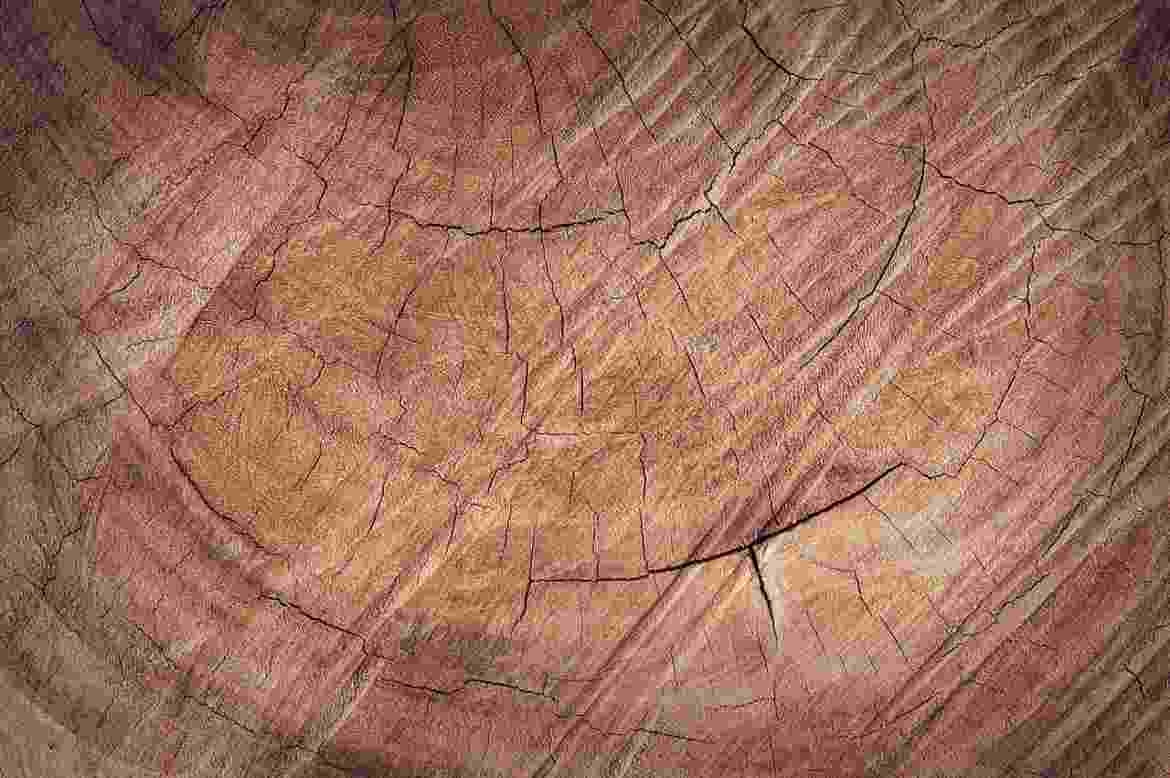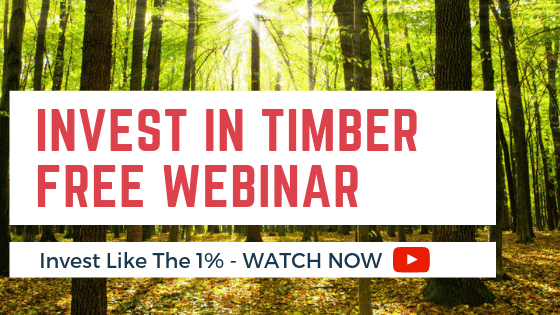Anyone looking to invest in teak should know what they’re getting into and part of that is understanding the teak terms that are used in this investment class. While Escape Artist prides itself on being one of the premier online destinations for accurate, up-to-date information on the teak industry, certain articles here assume a basic level of familiarity with teak. For those just getting started with this incredible investment opportunity, we’ve compiled a useful list of the most essential vocabulary words for potential teak investors to familiarize themselves with.
Teak Terms To Know
Deciduous – a type of plant that goes through seasonal growth cycles, during which its leaves, petals, and/or fruit may be shed after a given period of time; distinct from evergreen plants, which retain their leaves throughout the full year. Teak trees, in particular, shed their leaves in the dry season immediately following the rainy season.
Density – wood density refers to the quantity or weight of a type of wood per volume, measured in kilograms per cubic meter or pounds per cubic foot. This should not be confused with tree density, which refers to the number of trees found within a given area. Teak is a high-density wood.
Grain – the textured pattern visible in a piece of cut wood, formed by the unique arrangement of wood fibers. Differences in seasonal growth account for the distinct light and dark portions of the wood, which form rings that can be seen when trees are cut perpendicular to the grain.
Hardwood – wood derived from angiosperms, or flowering plants; despite the misleading name, does not necessarily guarantee the hardness of a given wood.
Heartwood – the central section of a tree when cut parallel to the ground – older and often visibly darker; unlike sapwood, the heartwood is formed when cells in the core of the tree trunk are no longer living. Teak heartwood can range in shade from a light golden brown to a darker, rust-like color.
Lamiaceae – the family into which Tectona grandis, the tree is known more commonly as teak, is classified. It was once thought that teak belonged to the Verbenaceae family, but further study has since reclassified it.
Lumber – wood that has been sawn into planks or otherwise prepared for use.
Old-growth – conventional, or naturally growing, teak found primarily in Southeast Asia; distinct from plantation teak, grown purposely for forest management and commercial use.
Sapwood – the outer ring of living wood surrounding a tree’s heartwood, often visibly lighter in color but less durable.
Shrinkage – the amount of volume lost in wood that has been dried before use.
Experience the Insider community that takes your international lifestyle to the next level. Download your FREE guide
"18 Steps to Implementing Your Plan B" instantly!
Teak oil – contrary to its name, commercially sold “teak oil” is different from the naturally occurring substance within teak trees; instead, it is a synthetic product made of various other tree oils and thinners, intended to treat teak furniture. Genuine teak oil is rarely harvested and is not sold for external wood application.
Tectona grandis – the scientific name for the genus and species of tree known more colloquially as teak.
Timber – the raw wood of trees considered suitable for building or construction purposes; should not be confused with lumber, which has been at least partially prepared for use, though the terms are often loosely (and erroneously) used in place of one another.
Varnish – a hard, transparent finish used to treat wood and seal it from moisture and rot, consisting of oil, resin, and some type of solvent; often lends a glossy appearance to finished wood.
Weathering – the natural process by which wood ages, changing in both chemical composition and appearance. Teak, when weathered, changes from its original golden hue to a distinctive silvery gray.
Now that you’re a veritable armchair teak expert and understand all the teak terms, the next step for a savvy teak investor is to seek out further information. We’re always happy to answer questions, so get in touch with us if you’d like more information on investing in hardwoods just like the top 1%. If you’d like a more hands-on experience (and an excuse for a tropical vacation), ask us about visiting an actual teak plantation in Nicaragua or Panama. You’re sure to be impressed.
In-demand, yet of dwindling supply in the marketplace, Teak is a remarkably valuable hardwood that is extremely durable, practical, and beautiful. To learn more about this opportunity please watch this special presentation by Rachel Jensen and Mikkel Thorup.
Like Our Articles?
Then make sure to check out our Bookstore... we have titles packed full of premium offshore intel. Instant Download - Print off for your private library before the government demands we take these down!








